Past Exhibitions
Browse the chronological list of past exhibitions at the Saint Louis University Museum of Contemporary Art (MOCRA), or search for a specific exhibition. Click “View” for more information about an exhibition. If you need further information about an exhibition, please contact us.
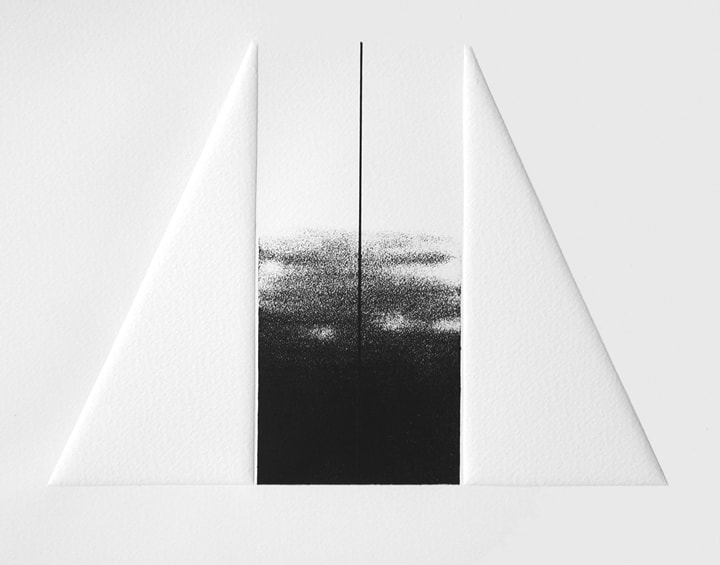
Daniel Ramirez: Twenty Contemplations on the Infant Jesus, an Homage to Oliver Messiaen
September 10, 2004 to February 27, 2005
About the Exhibition
Concurrently with the exhibition Radiant Forms in Contemporary Sacred Architecture, MOCRA presents a series of etchings by Daniel P. Ramirez. First shown in 1981 at the Art Institute of Chicago, this set of 20 small abstract works are a response to a piano suite by French composer Olivier Messiaen that inspired Ramirez and gave his series its name. Composed of strong geometric forms and precise lines, yet softened by nuances of texture, these intimate works achieve a structural quality that makes a fitting complement to the works of Richard Meier and Steven Holl in Radiant Forms. They are shown for the first time in St. Louis on the occasion of the 60th anniversary of Messiaen's Vingt Regards.
Ramirez notes, “I have chosen the French composer Olivier Messiaen’s piano compositions, Vingt regards sur l’ Enfant-Jesus (Twenty Contemplations on the Infant Jesus), as the theme for theses prints so that I may pay homage to a man and to an art form that has been a great source of inspiration to me.
“In Vingt regards, Messiaen took up the same ideas of Dom Columba Marmion (Le Christ dans ses mysteres) and Maurice Toesca (Les Douze regards) wherein they spoke of the contemplations of the shepherds, of the angels, of the Virgin and of the Celestial Father. Vingt regards, according to Messiaen, is an adaptation of these four themes while at the same time an addition of sixteen new contemplations.
“In speaking about the contemplations, Messiaen has said that ‘. . . More than in all my preceding works, I have looked here for a mystical love, to be varied, powerful and tender, sometimes brutal, responding to multicolored commands.’ I too, in these twenty intaglio prints, have tried to formulate such a language—a language befitting the sublime nature of the subject.
“The first phase of this work began with a small series of pencil drawings and then was extended into the medium of printing. It was in the process of creating these images that an appreciation of the various intaglio techniques (etching, drypoint, electrically-vibrated drypoint, mezzotint, engraving and aquatint) became a dominant factor in the series. This was especially true when I realized that if I ignored certain relationships inherent within the medium, the language I sought would be severely limited. Some of the formal elements, such as line, space, and texture, that were peculiar to intaglio, revealed new possibilities when combined with blind embossing (a depressed element printed without ink).
“Accepting this interchangeability as a challenge and an opportunity to explore, I found that my visual interpretations often changed dramatically from the earlier drawings. It was during this change and while attempting to synthesize idea and emotion with the process that I experienced the fine line which connects form and expression, when personal meaning and the medium function as one. It was a moment in which I was able fully to appreciate and experience a sense of the self, the medium and the unexpected.”
About the Artist
Daniel Ramirez (b. 1941) resides in Madison, Wisconsin, where he is Professor Emeritus of Art at the University of Wisconsin. Active as an artist for over 30 years, Ramirez was regarded as one of the finest minimalist artists in Chicago in the late 1970s and the 1980s. Ramirez brings to bear the music of French composer Olivier Messiaen, the lines of Gothic architecture, and the philosophy of Ludwig Wittgenstein in his cooly intellectual paintings and prints. Regular MOCRA visitors will be familiar with two paintings by Ramirez that are part of the MOCRA collection: Cælestis/Spatium/Res and Cælestis Præsepe. These large trapezoidal paintings juxtapose seeming mass and with insubstantiality as the canvases seem to hover off the wall and the surface colors dissolve from purple to silver to white. Strict geometry gives way to multiple points of view and meaning.
I hope that with these twenty contemplations I have given to Olivier Messiaen the respect and admiration he so richly deserves, and that I have remained respectful of the medium of music which he loves. J.S. Bach labeled one of the canons in his Musical Offering, “Quaerendo invenietis” (“By seeking, you will discover”). Perhaps Messiaen would agree that Bach could have added “the unexpected” as well! | Daniel Ramirez
above:
Daniel Ramirez, XVII: Contemplation of Silence (Regard du silence), 1981. Etching, aquatint and embossing. Collection of Thomas and Linda Heagy, Chicago. Image courtesy of the artist.
| Exhibition |
|---|
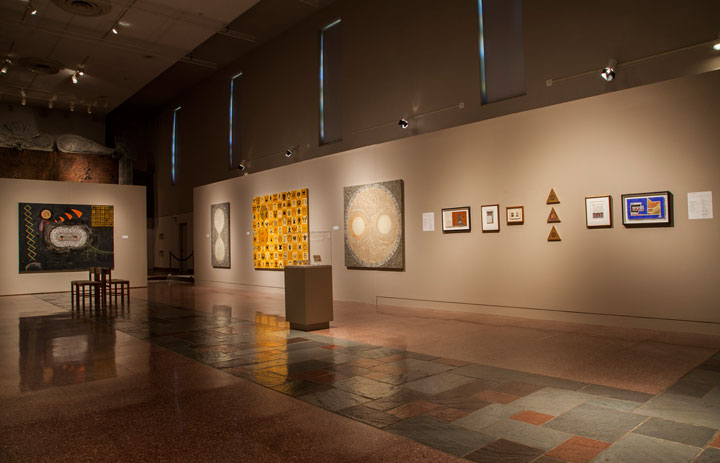
Bernard Maisner: The Hourglass and the Spiral |
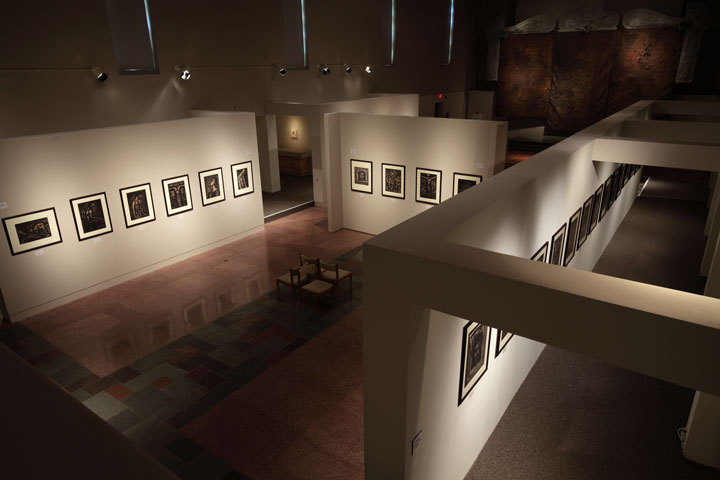
Georges Rouault: Miserere et Guerre |
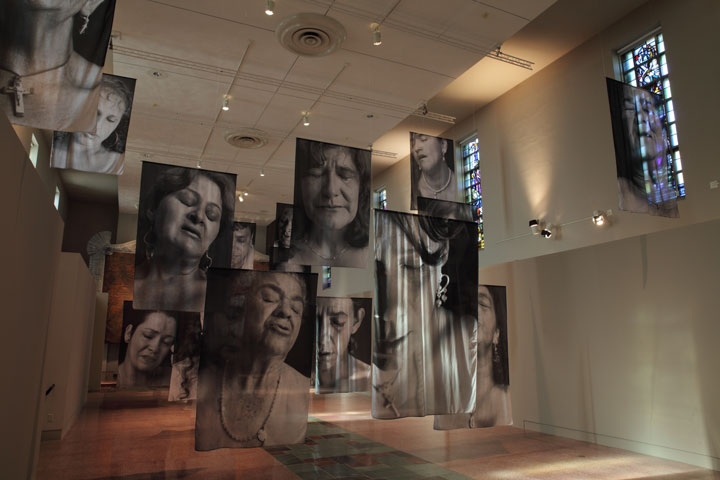
Erika Diettes: Sudarios |
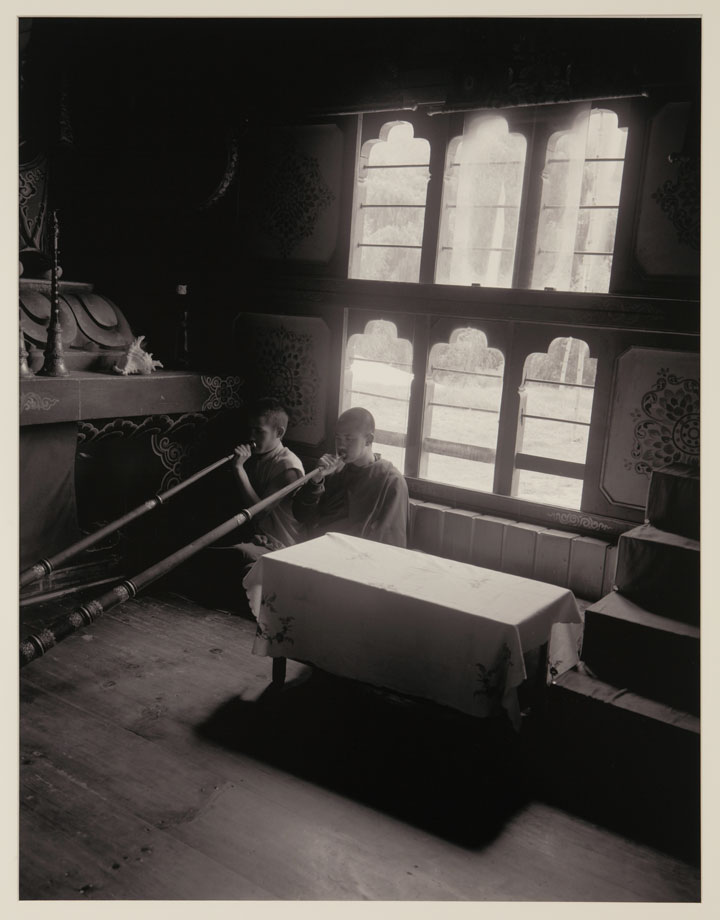
Regina DeLuise: Vast Bhutan – Images from the Phenomenal World |
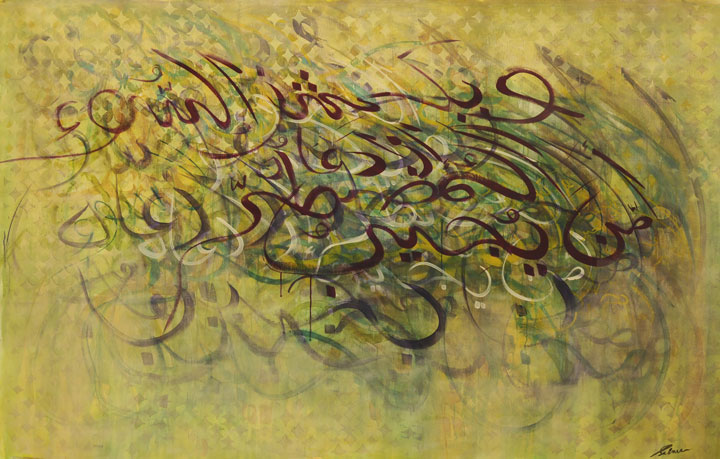
Painting Prayers: The Calligraphic Art of Salma Arastu |

Thresholds: MOCRA at 20 – Part Two, The Second Decade |
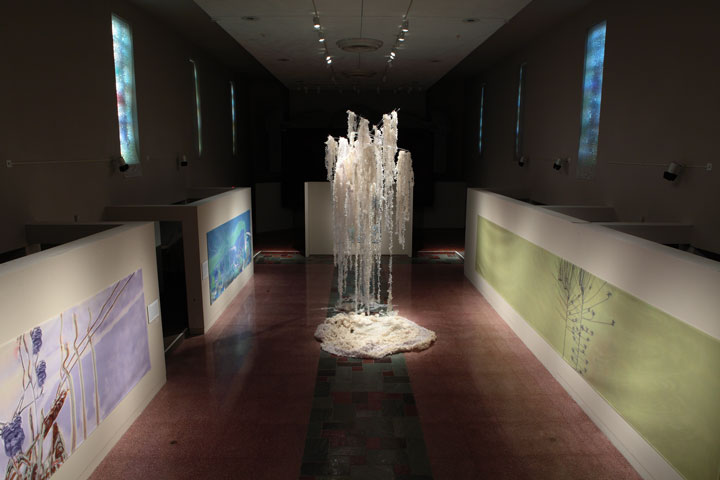
Rebecca Niederlander: Axis Mundi |

Jordan Eagles: BLOOD / SPIRIT |
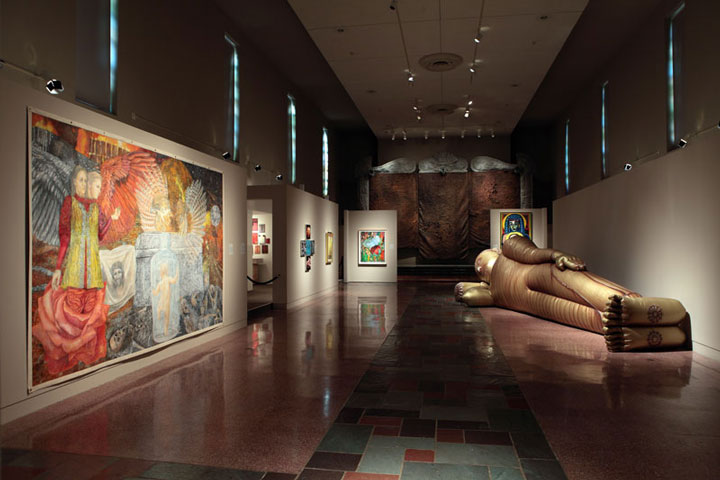
Thresholds: MOCRA at 20 – Part One, The First Decade |
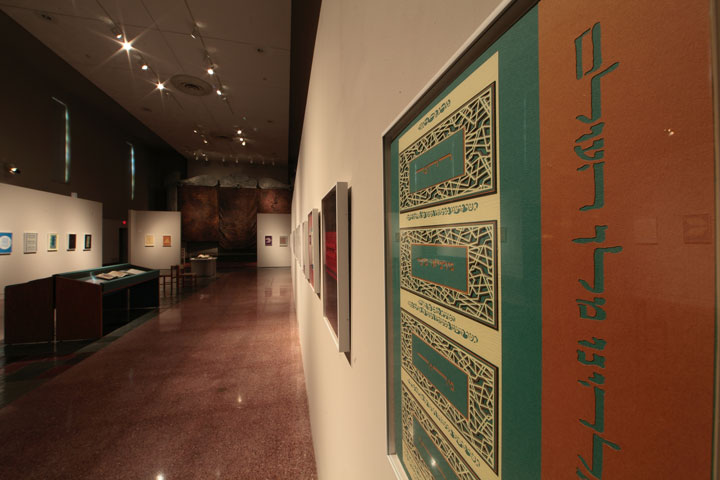
Archie Granot: The Papercut Haggadah |
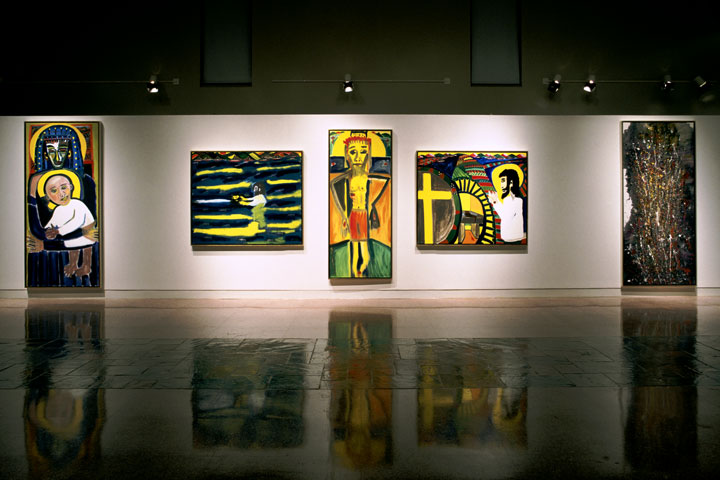
A Tribute to Frederick J. Brown |
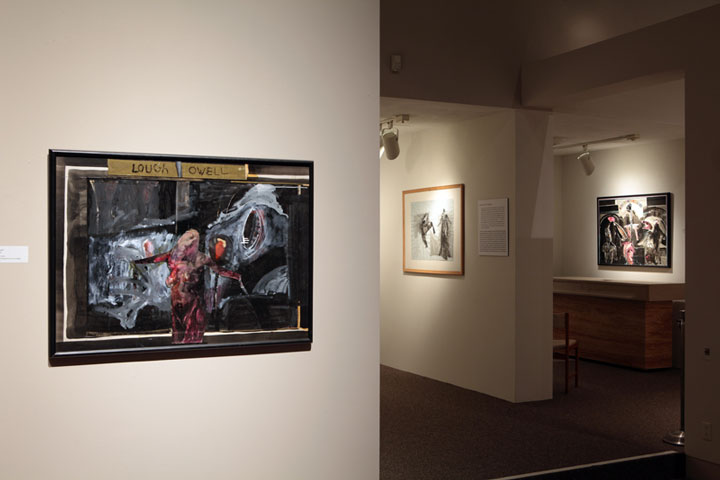
Patrick Graham: Thirty Years – The Silence Becomes the Painting |
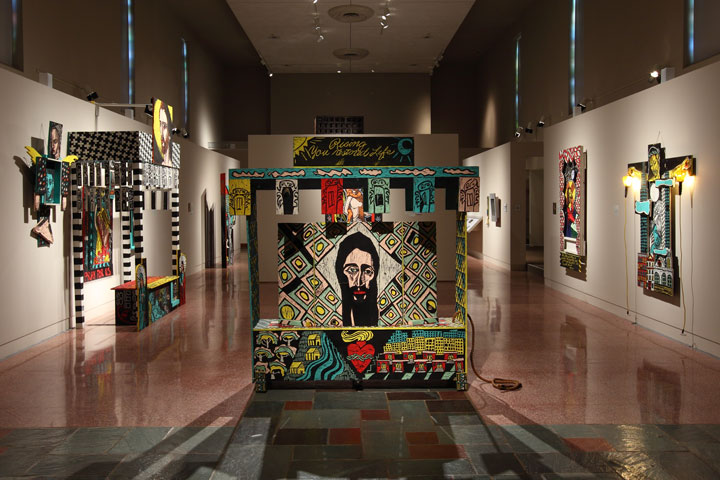
Adrian Kellard: The Learned Art of Compassion |
Good Friday: The Suffering Christ in Contemporary Art |
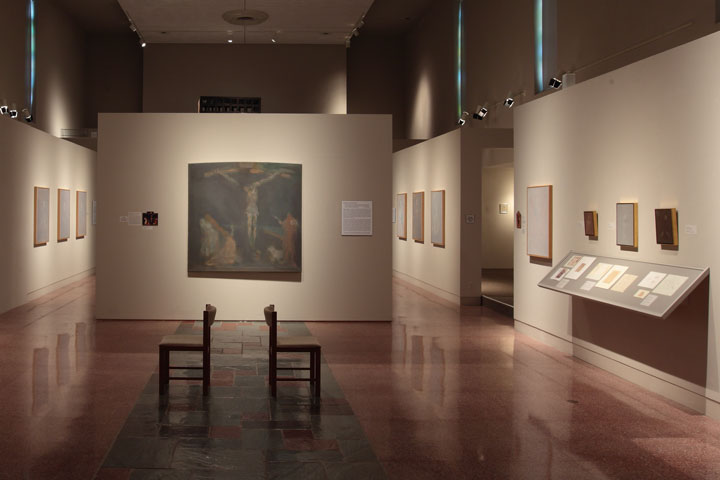
James Rosen: The Artist and the Capable Observer |
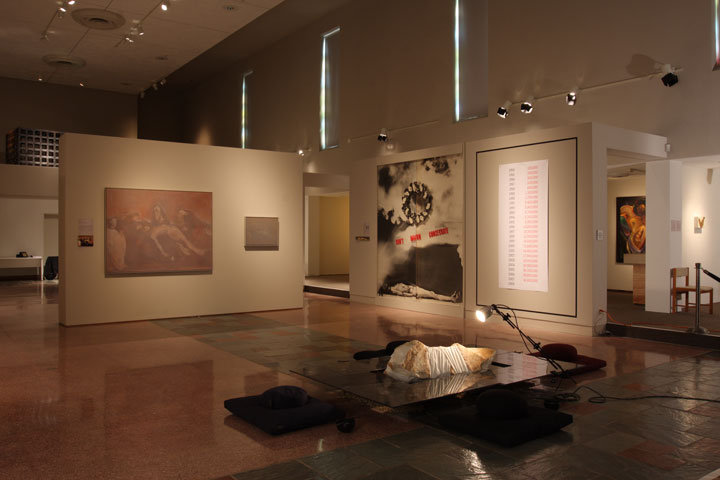
MOCRA at Fifteen: Good Friday |
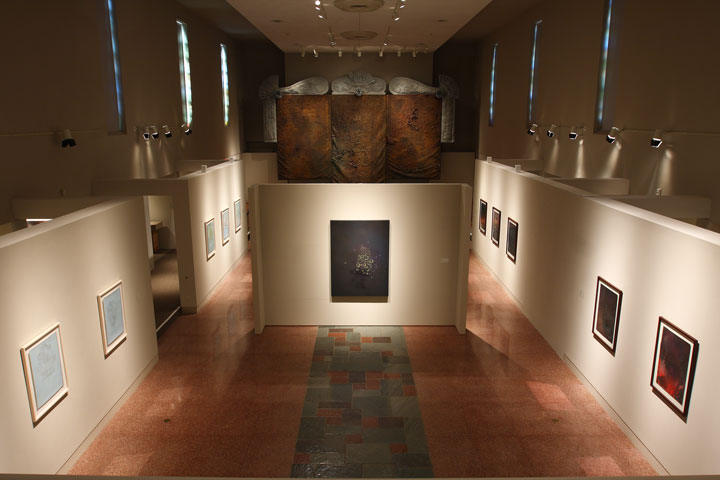
Michael Byron: Cosmic Tears |
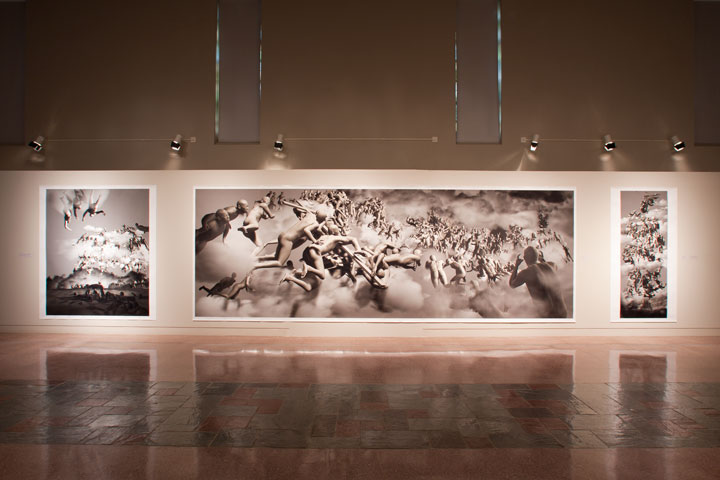
Miao Xiaochun: The Last Judgment in Cyberspace |
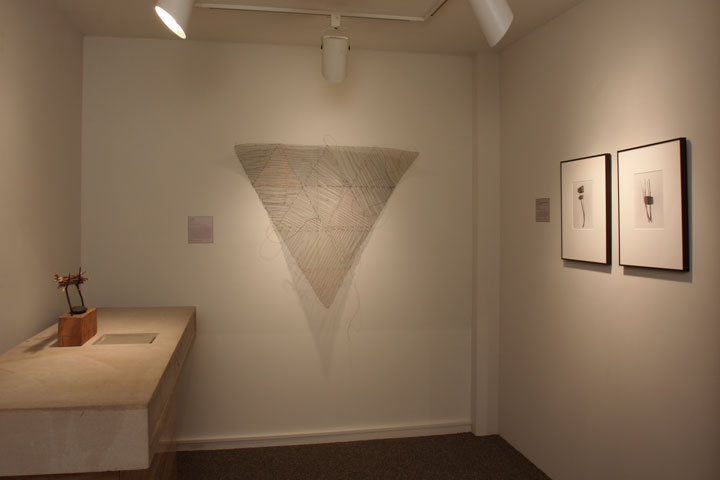
MOCRA at Fifteen: Pursuit of the Spirit |
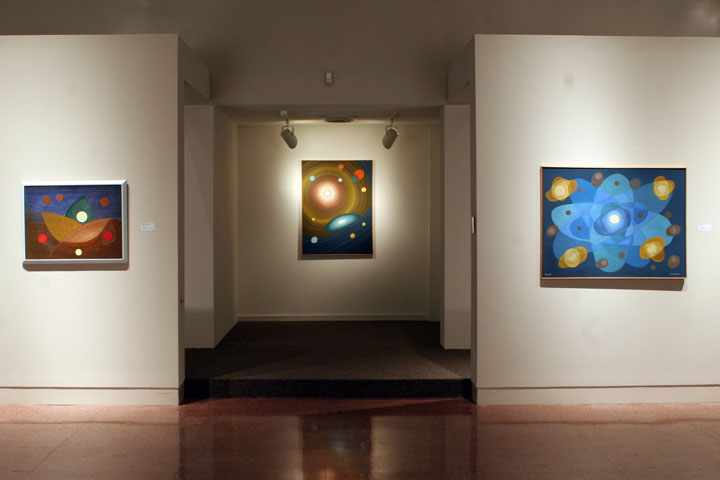
Oskar Fischinger: Movement and Spirit |

The Celluloid Bible: Marketing Films Inspired by Scripture |
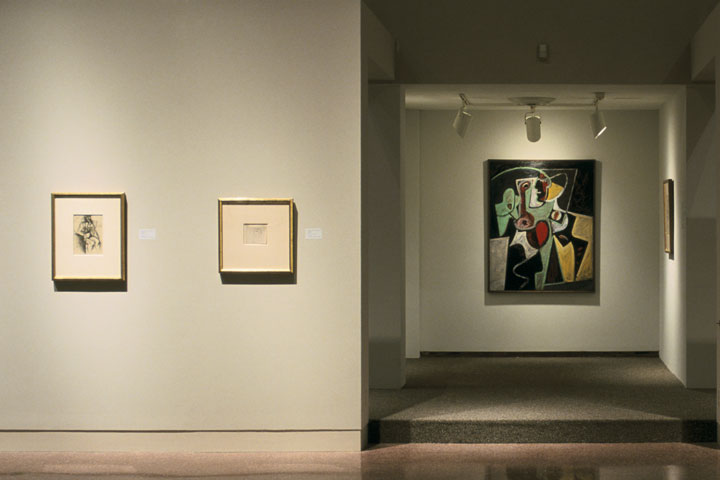
Gorky: The Early Years – Drawings and Paintings, 1927–1937 |

Andy Warhol: Silver Clouds |
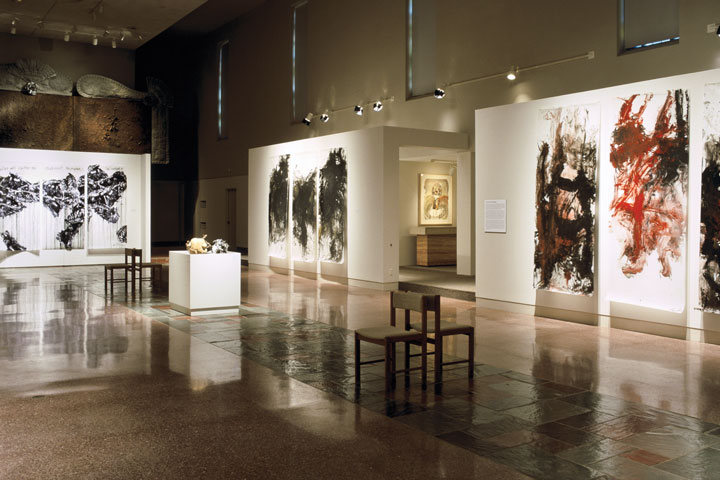
Junko Chodos: The Breath of Consciousness |
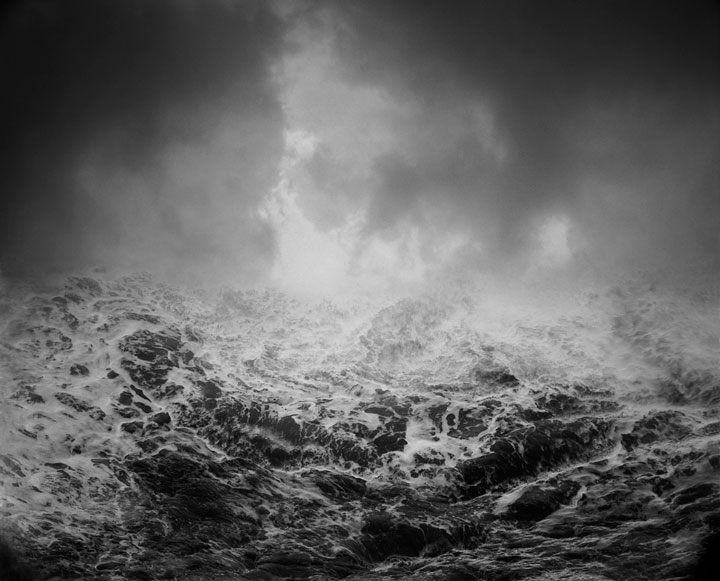
DoDo Jin Ming: Land and Sea |
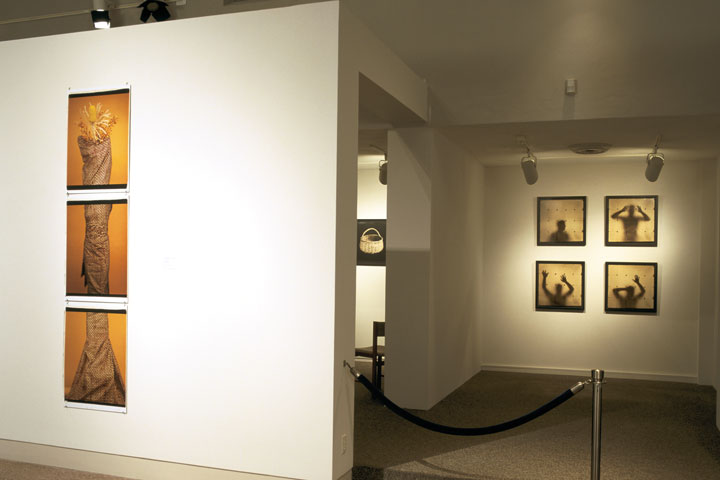
Rito, Espejo y Ojo / Ritual, Mirror and Eye: Photography by Luis González-Palma, María Magdalena Campos-Pons, and Pablo Soria |
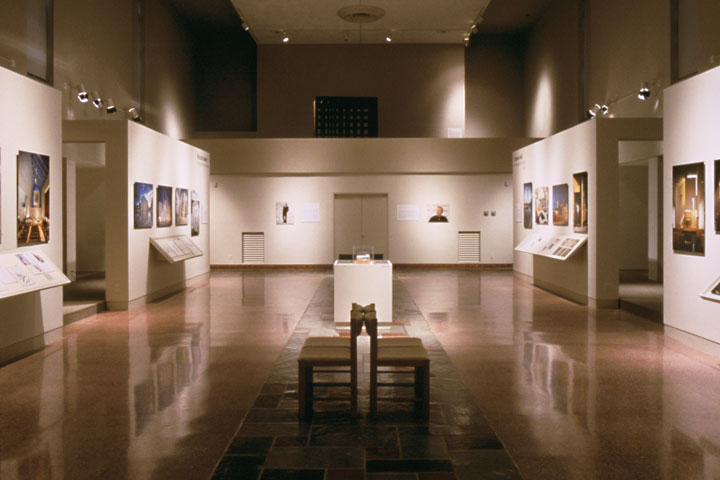
Radiant Forms in Contemporary Sacred Architecture: Richard Meier and Steven Holl |

Daniel Ramirez: Twenty Contemplations on the Infant Jesus, an Homage to Oliver Messiaen |
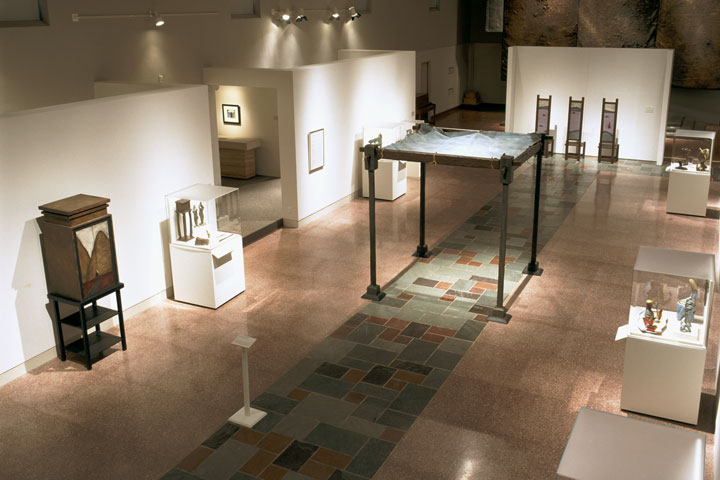
Avoda: Objects of the Spirit – Ceremonial Art by Tobi Kahn |
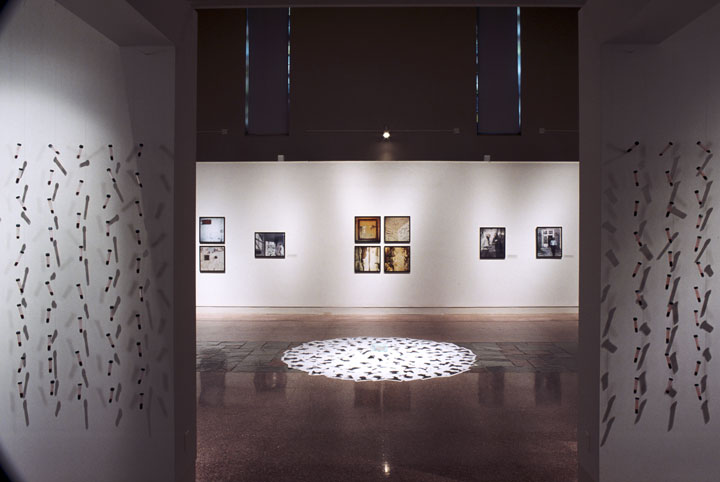
Tony Hooker: The Greater Good – An Artist’s Contemporary View of the Tuskegee Syphilis Study |

Andy Warhol: Silver Clouds, an encore presentation |

Andy Warhol’s Silver Clouds: A Fortieth Anniversary Celebration |
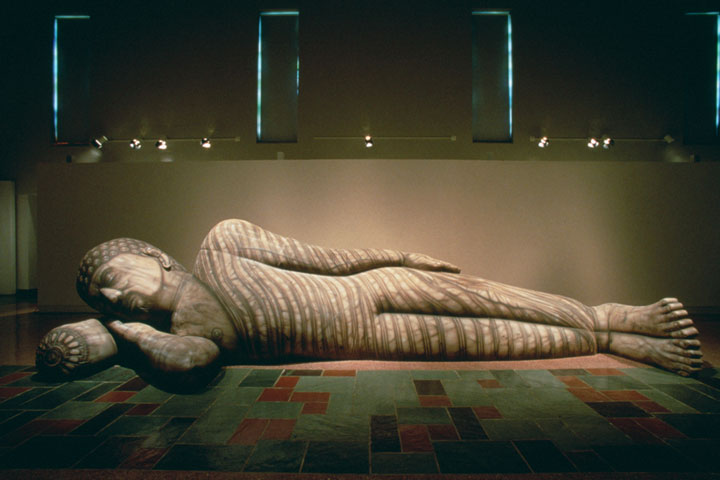
Lewis deSoto: Paranirvana |
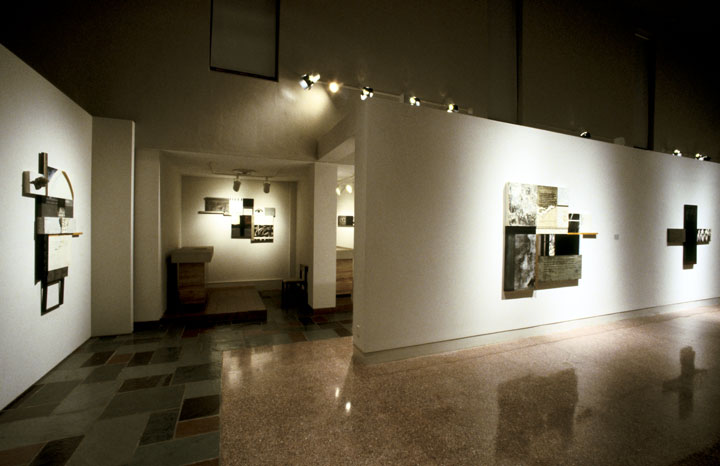
Robert Farber: A Retrospective, 1985–1995 |
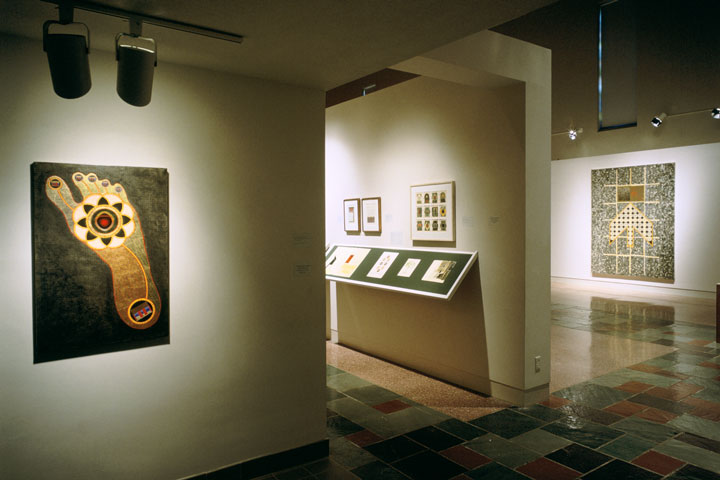
Bernard Maisner: Entrance to the Scriptorium |
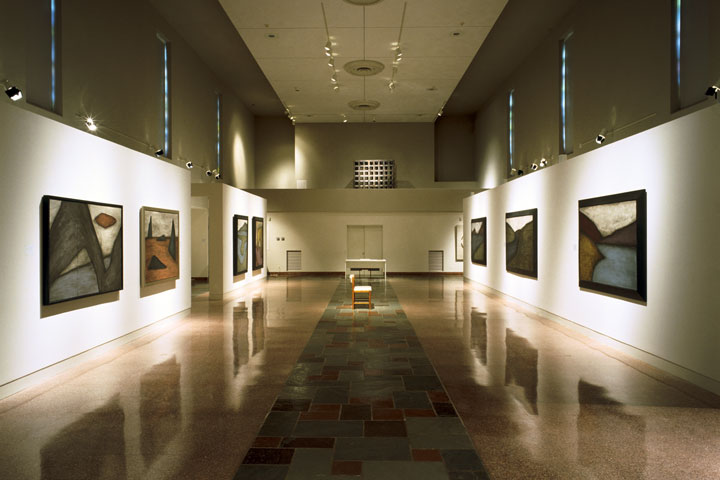
Tobi Kahn: Metamorphoses |
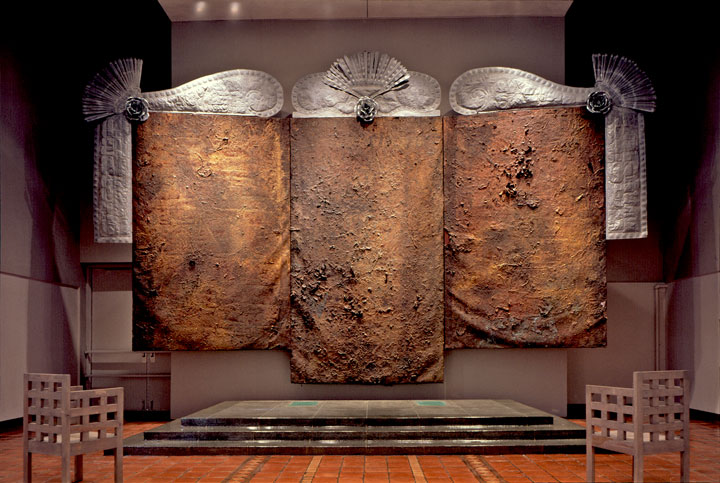
MOCRA: The First Five Years |
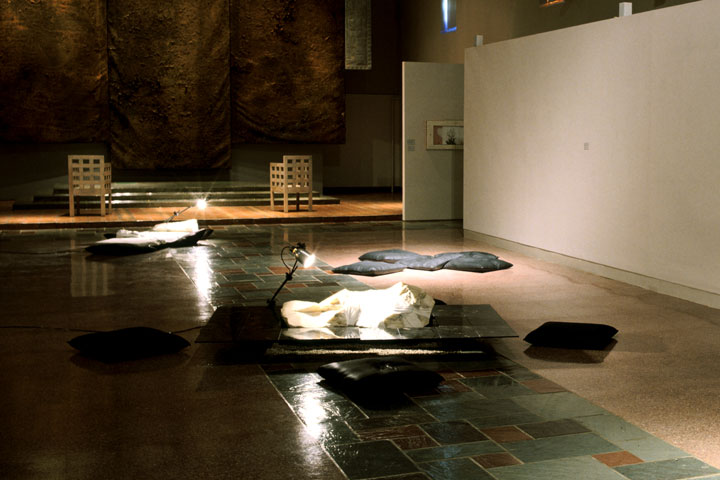
Steven Heilmer: Pietre Sante | Holy Stones |
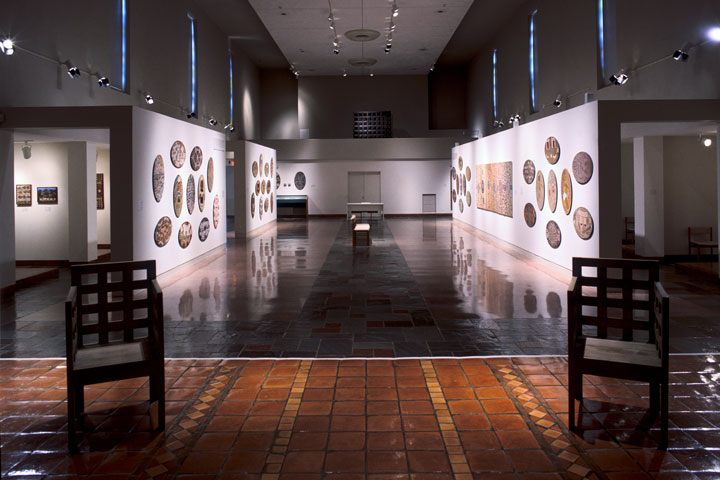
Utopia Body Paint Collection and Australian Aboriginal Art from St. Louis Collections |
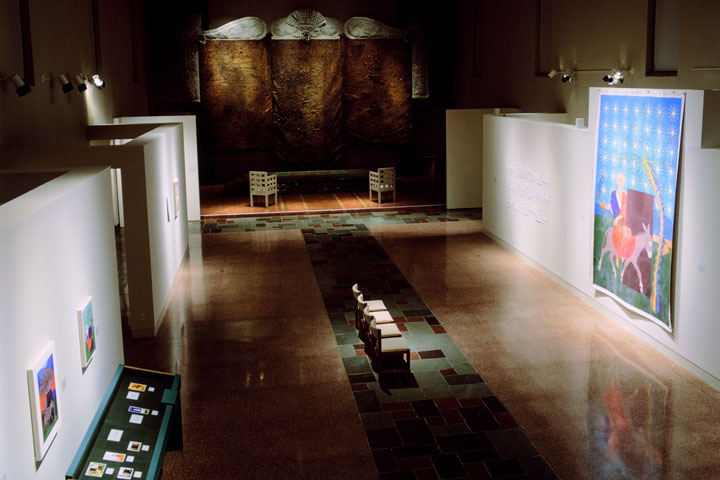
Manfred Stumpf: Enter Jerusalem |
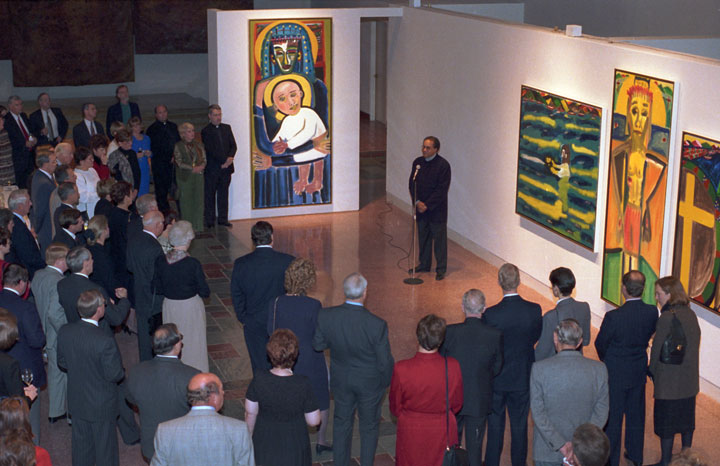
Frederick J. Brown: The Life of Christ Altarpiece |
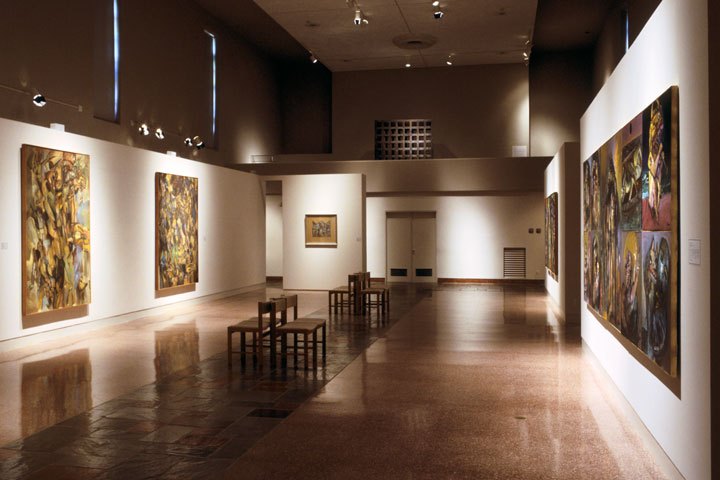
Edward Boccia: Eye of the Painter |
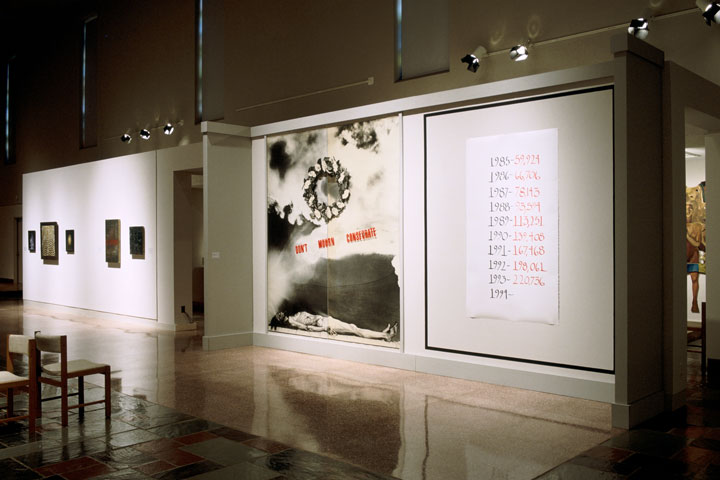
Consecrations Revisited |
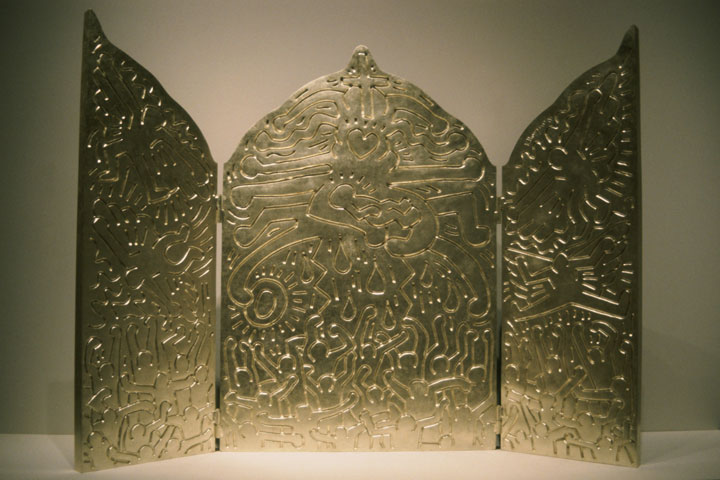
Keith Haring: Altarpiece – The Life of Christ |
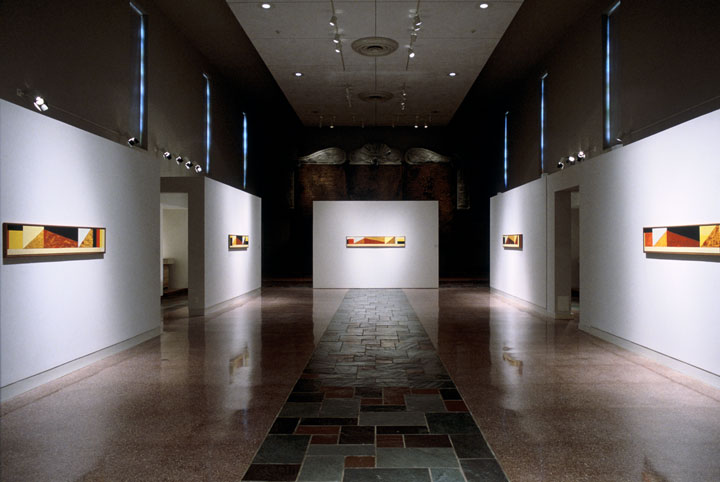
Ian Friend: The Edge of Belief – paintings, sculpture, and works on paper, 1980–1994 |
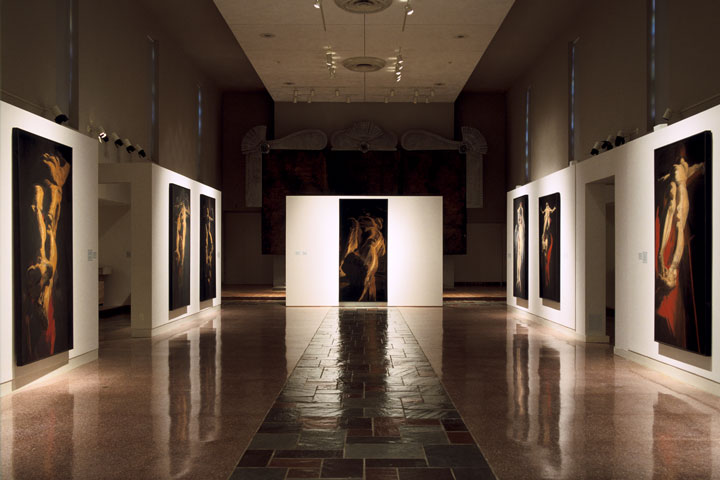
Eleanor Dickinson: A Retrospective |
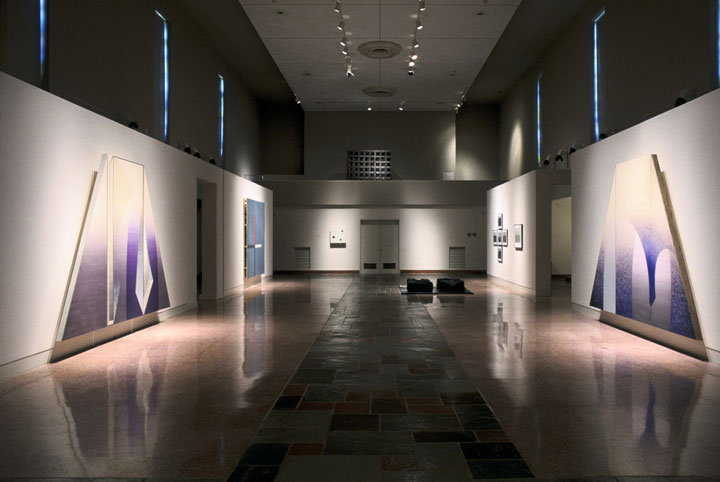
Post-Minimalism and the Spiritual: Four Chicago Artists |
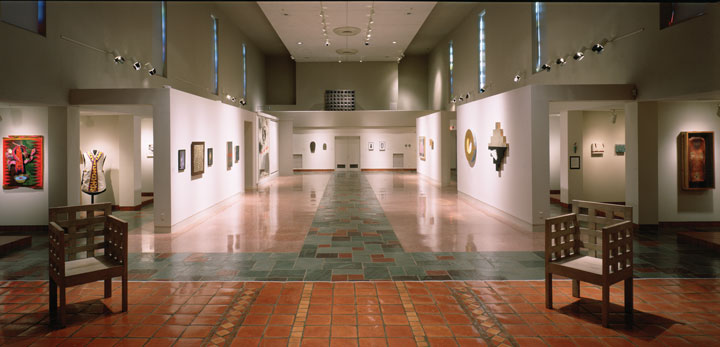
Consecrations: The Spiritual in Art in the Time of AIDS |
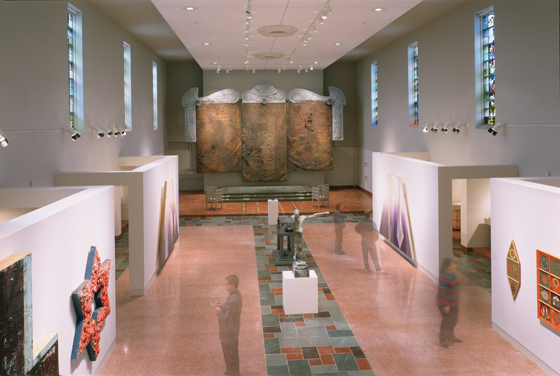
Sanctuaries: Recovering the Holy in Contemporary Art, Part One |
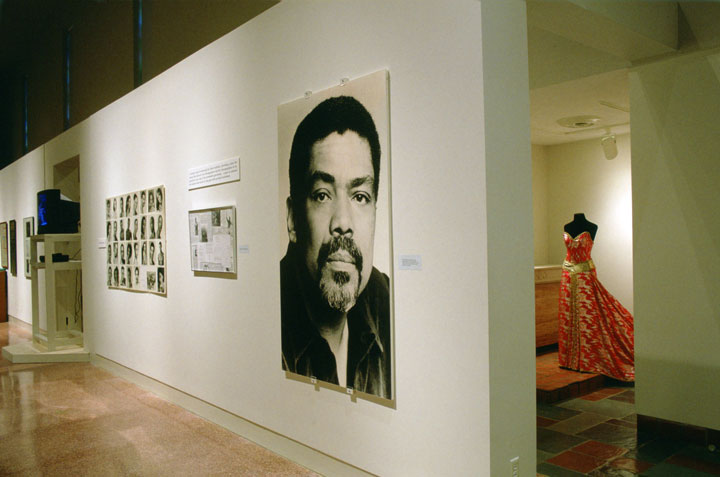
Body and Soul: The Alvin Ailey American Dance Theater |
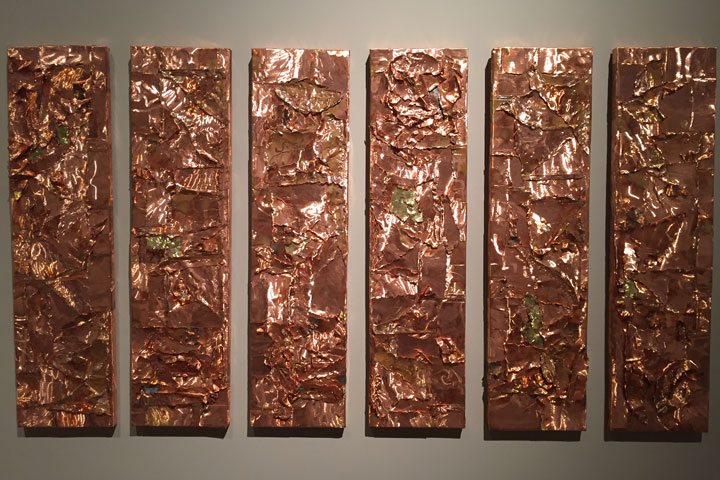
Transformations: Highlights from the MOCRA Collection |
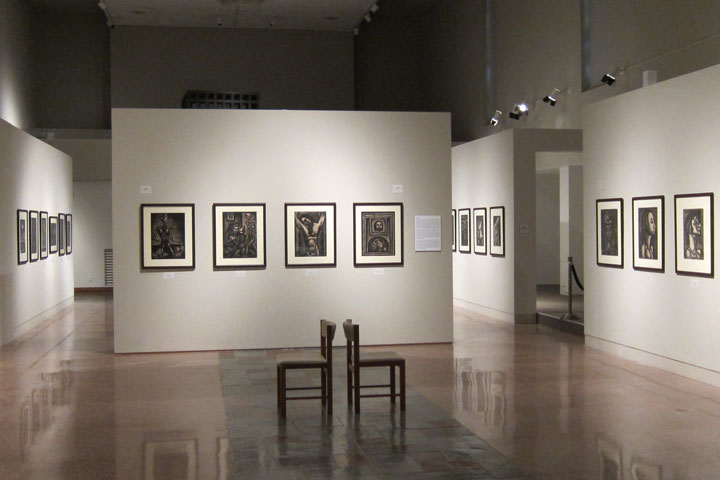
Georges Rouault: Miserere et Guerre |
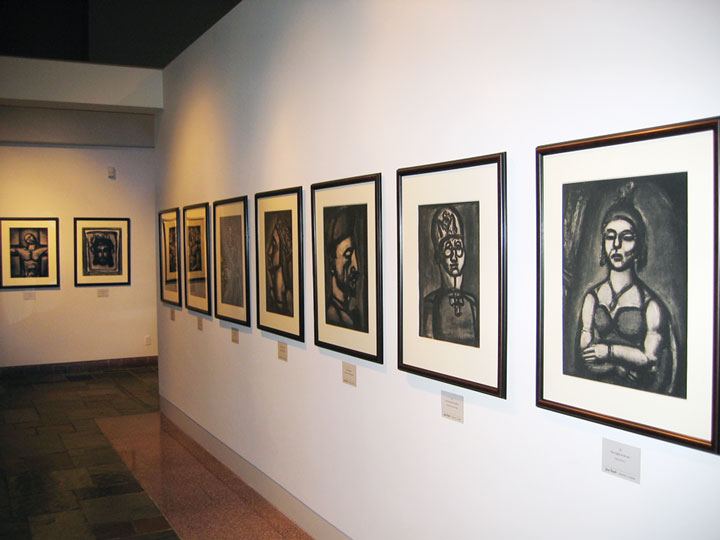
Georges Rouault: Miserere et Guerre |
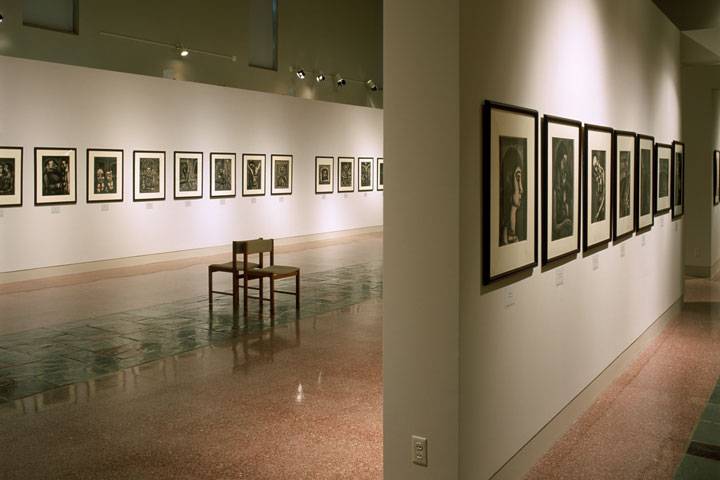
Georges Rouault: Miserere et Guerre |
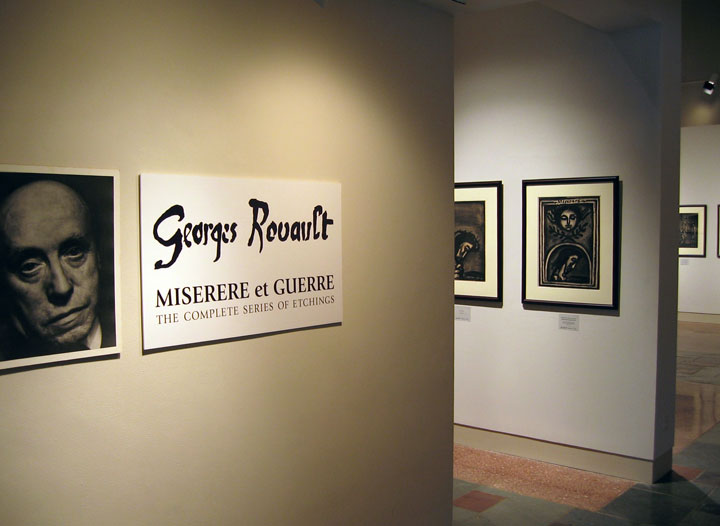
Georges Rouault: Miserere et Guerre |
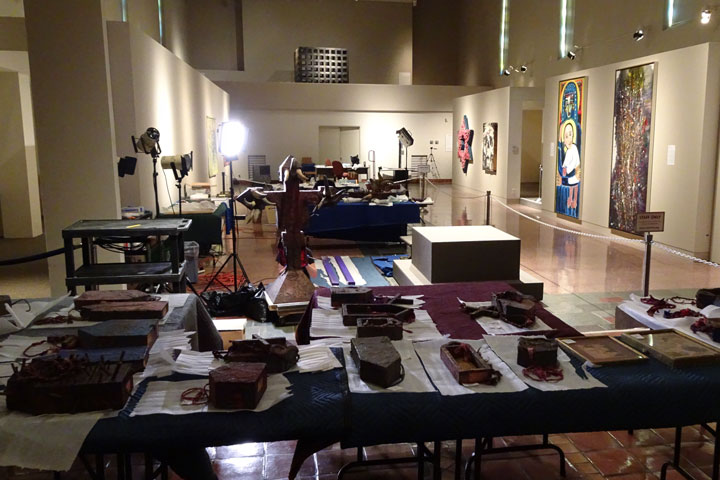
Visible Conservation |
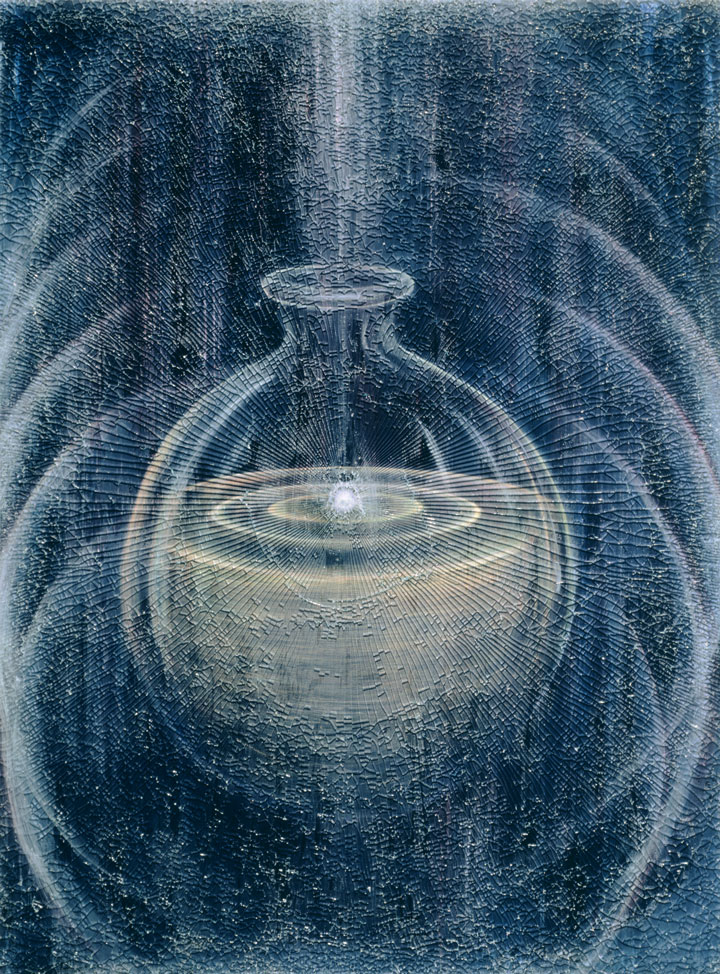
Highlights from the MOCRA Collection |
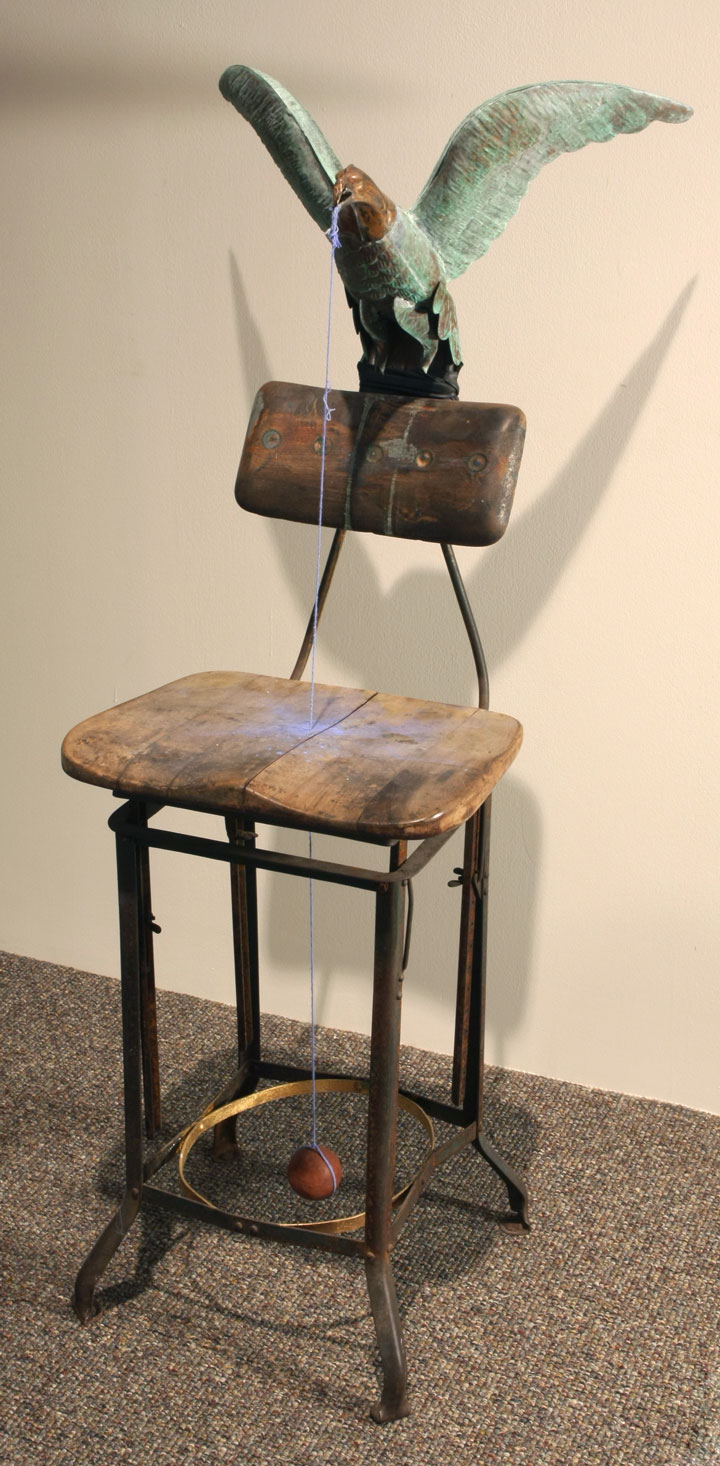
Highlights from the MOCRA Collection |
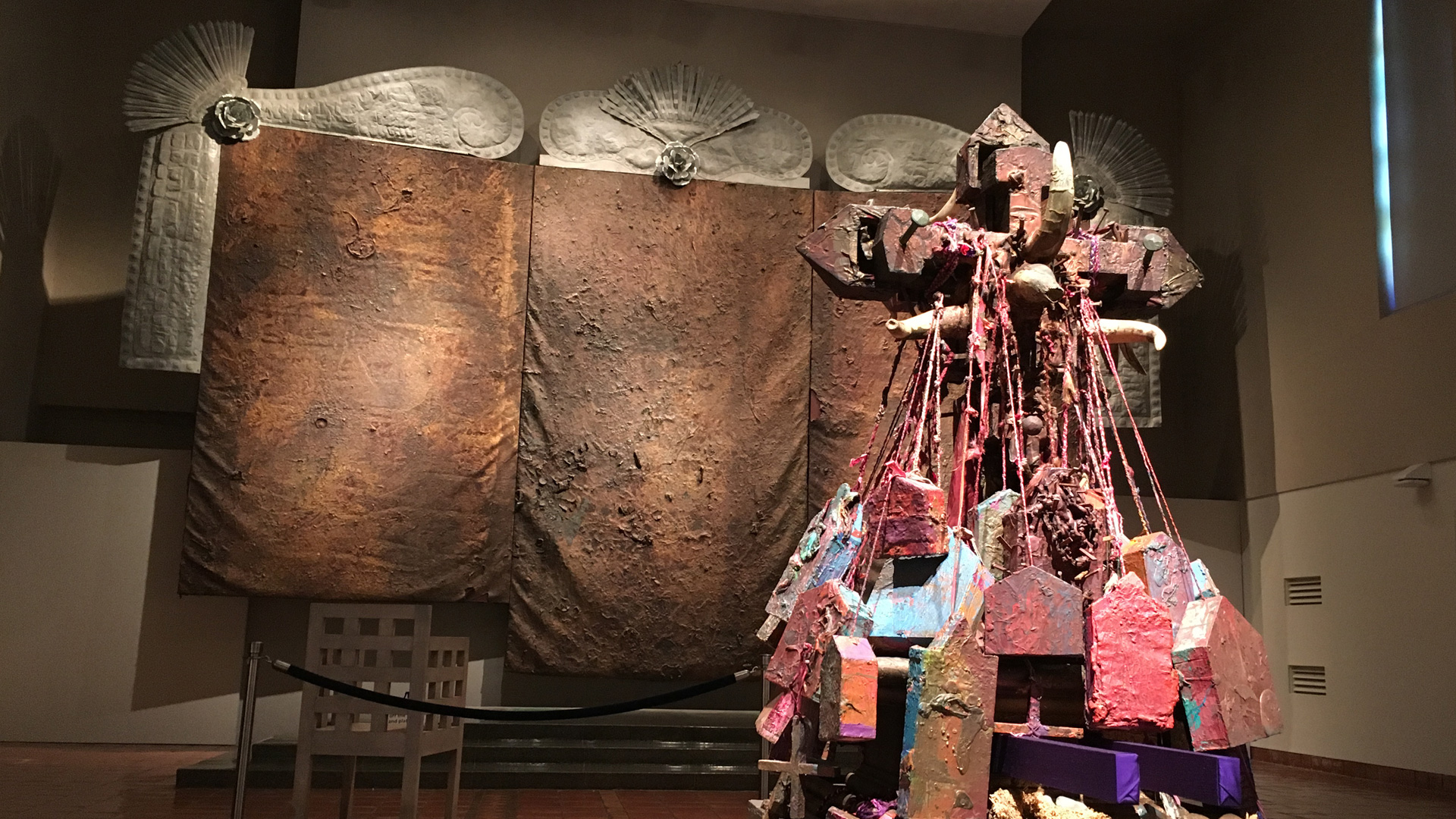
Highlights from the MOCRA Collection: The Romero Cross |
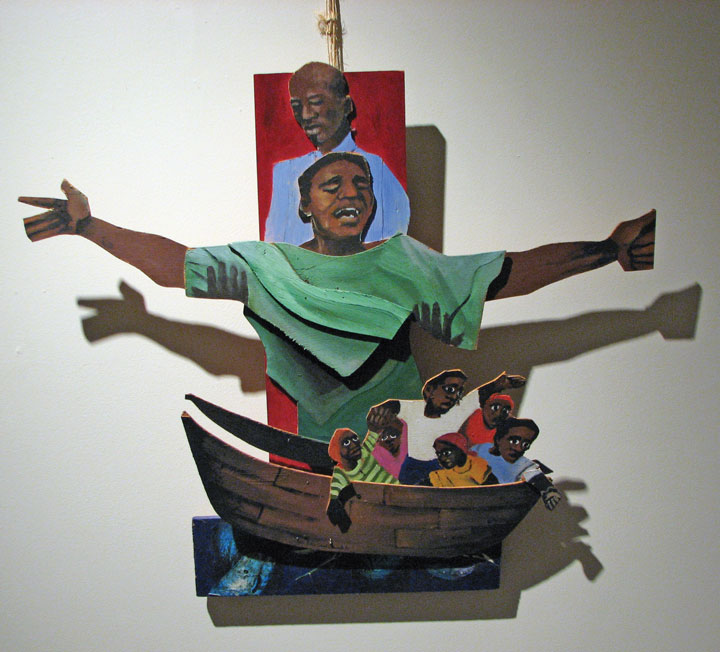
Highlights from the MOCRA Collection |
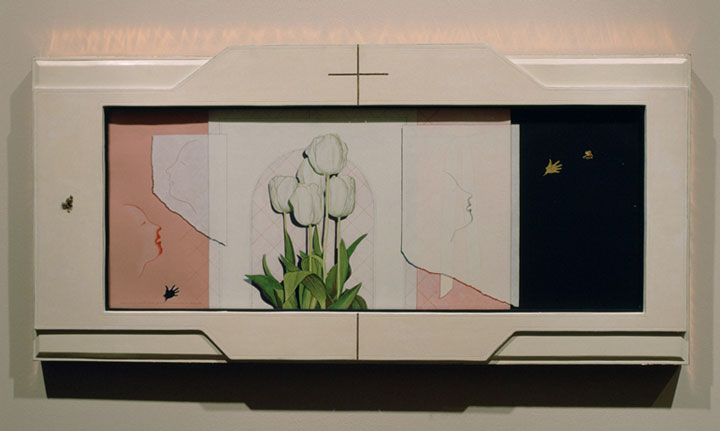
Highlights from the MOCRA Collection |

Highlights from the MOCRA Collection |
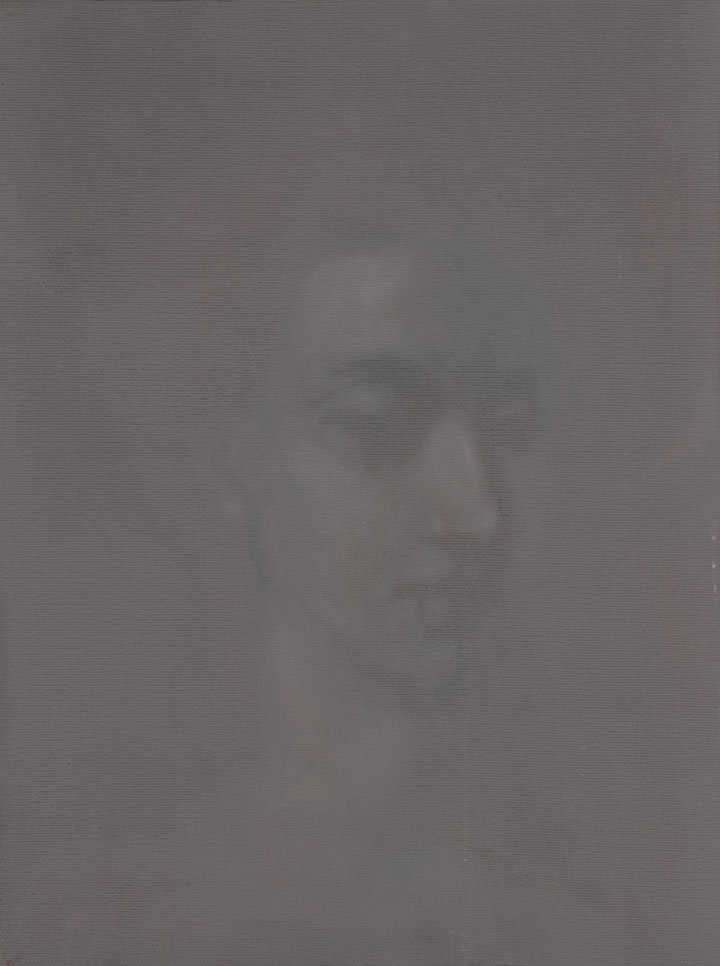
Highlights from the MOCRA Collection |
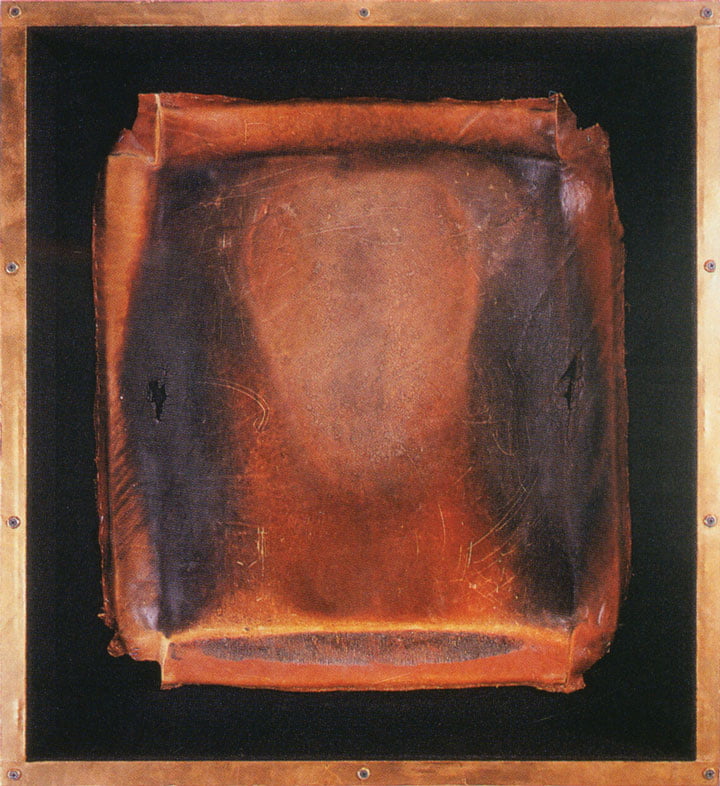
Highlights from the MOCRA Collection |

Highlights from the MOCRA Collection |
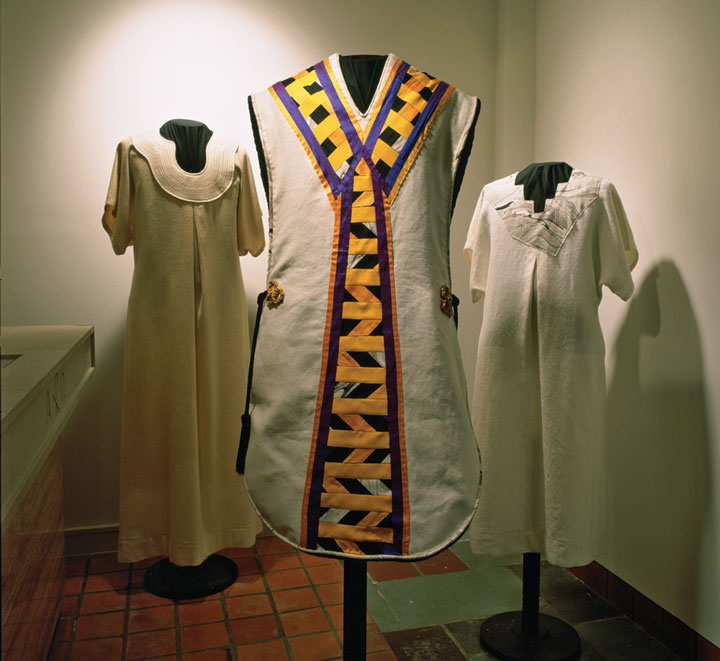
Highlights from the MOCRA Collection |

Sanctuaries: Recovering the Holy in Contemporary Art, Part Two – Three Major Installations |
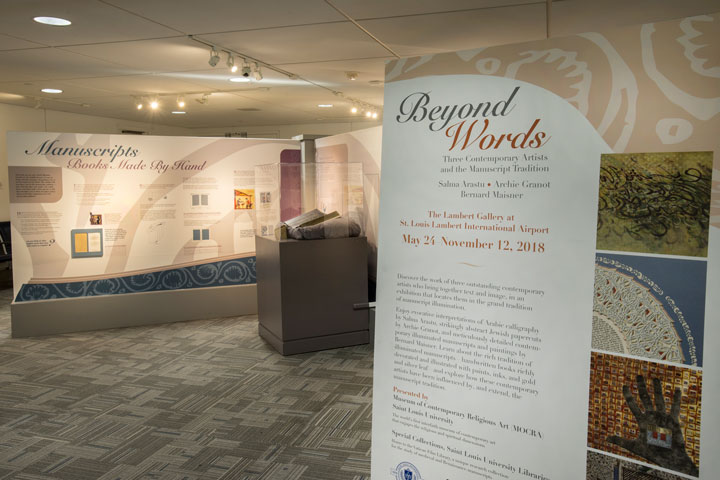
Beyond Words: Three Contemporary Artists and the Manuscript Tradition |
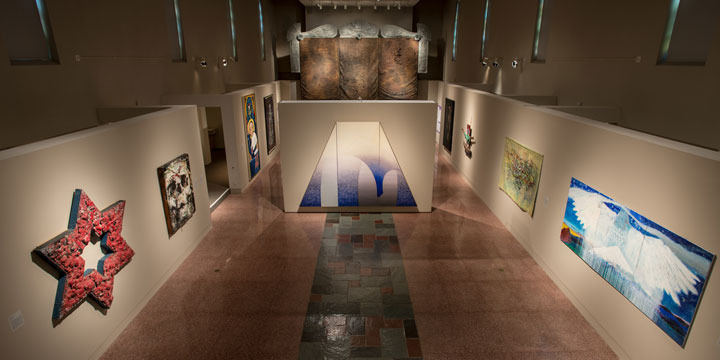
MOCRA: 25 |
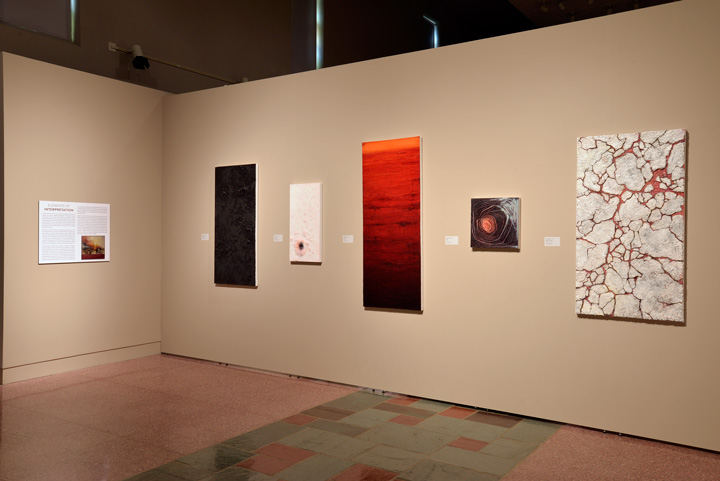
Gary Logan: Elements |
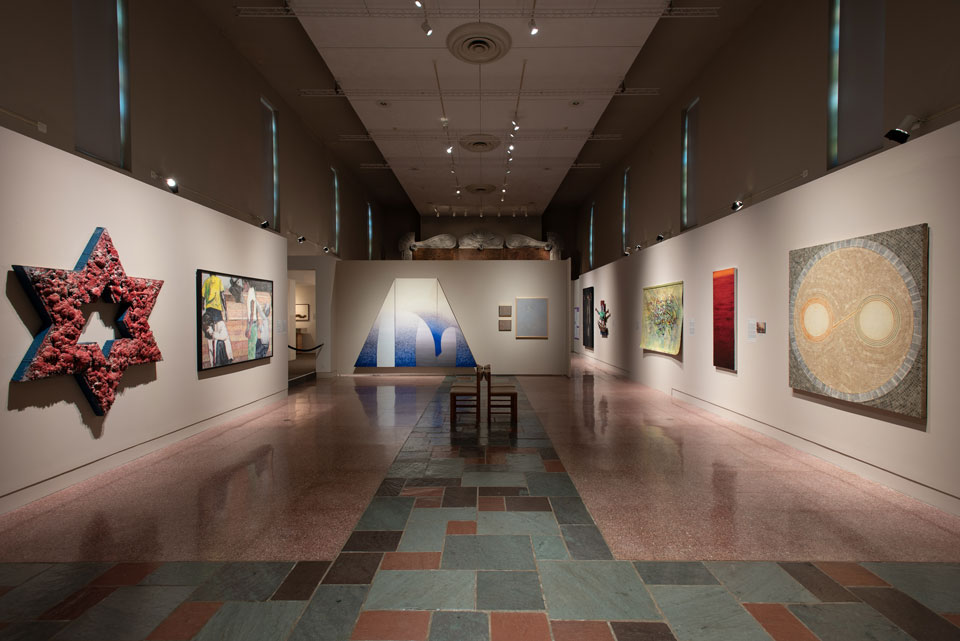
Gratitude |
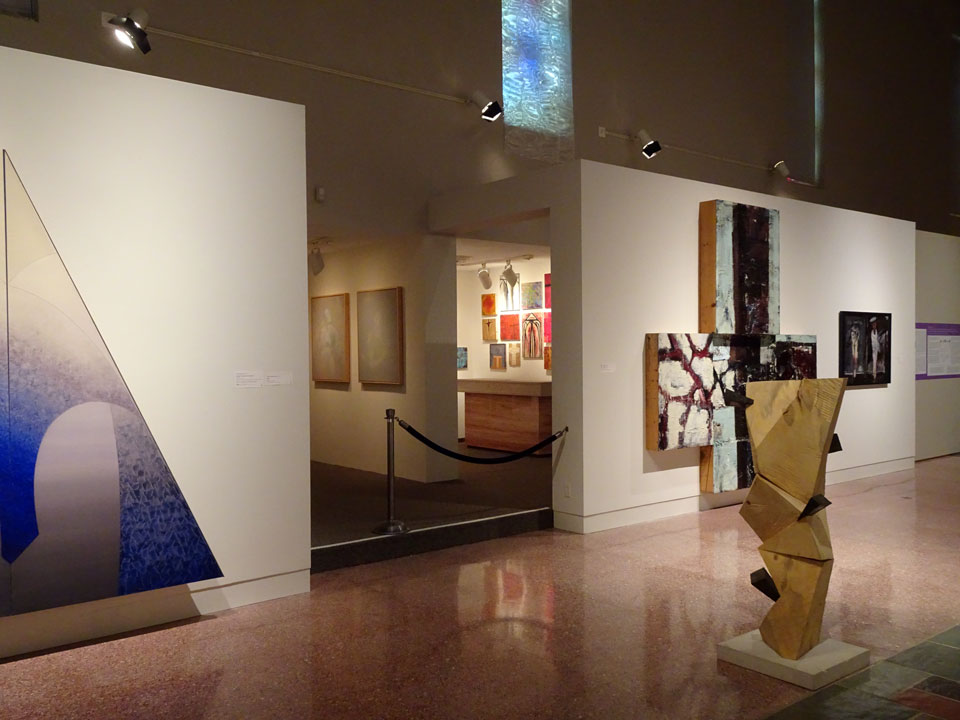
Surface to Source |
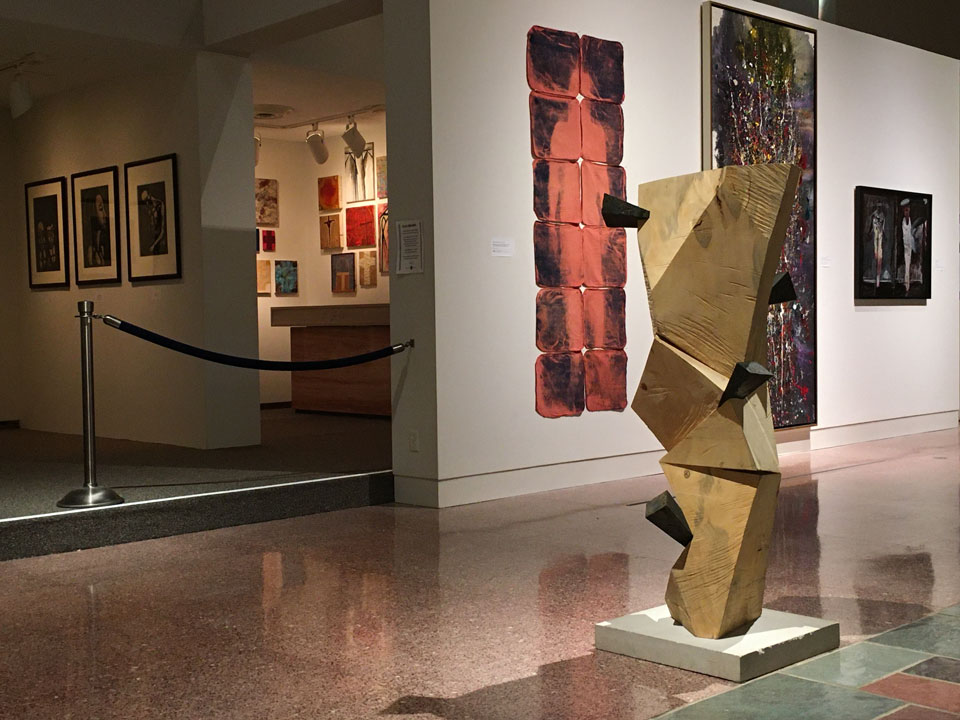
Quiet Isn’t Always Peace |
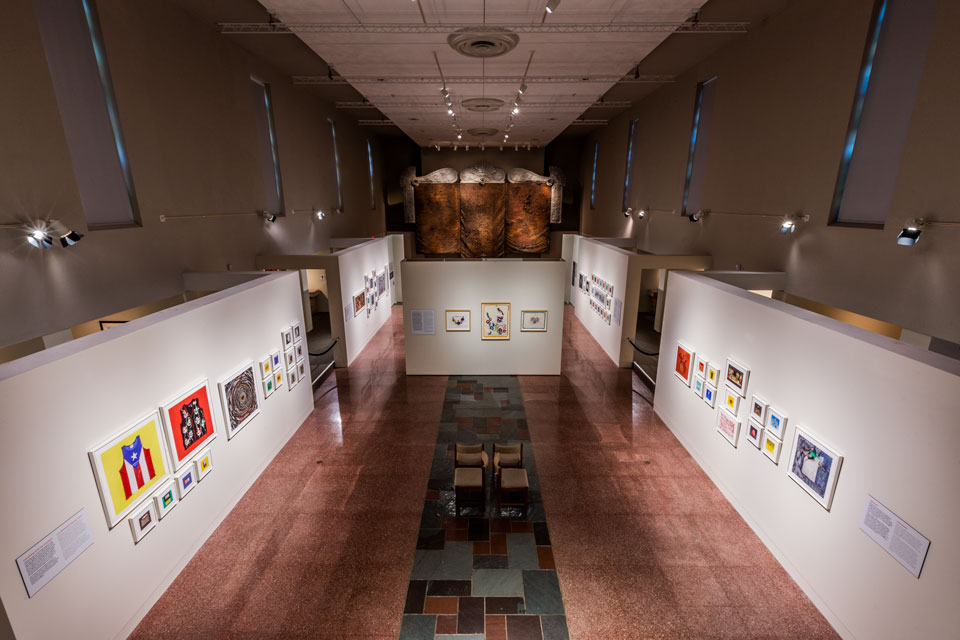
Tom Kiefer: Pertenencias / Belongings |
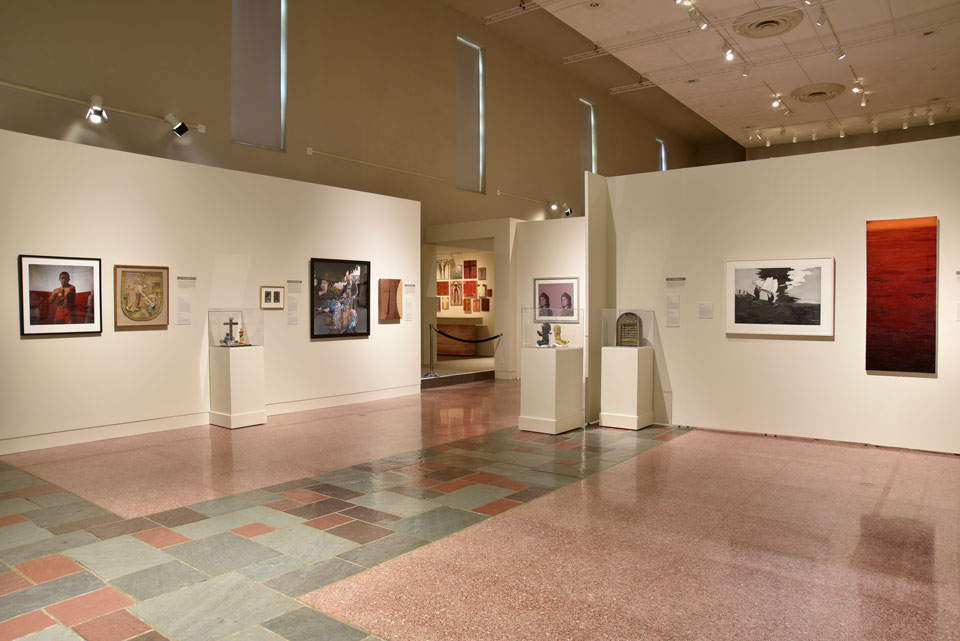
Double Vision: Art from Jesuit University Collections |
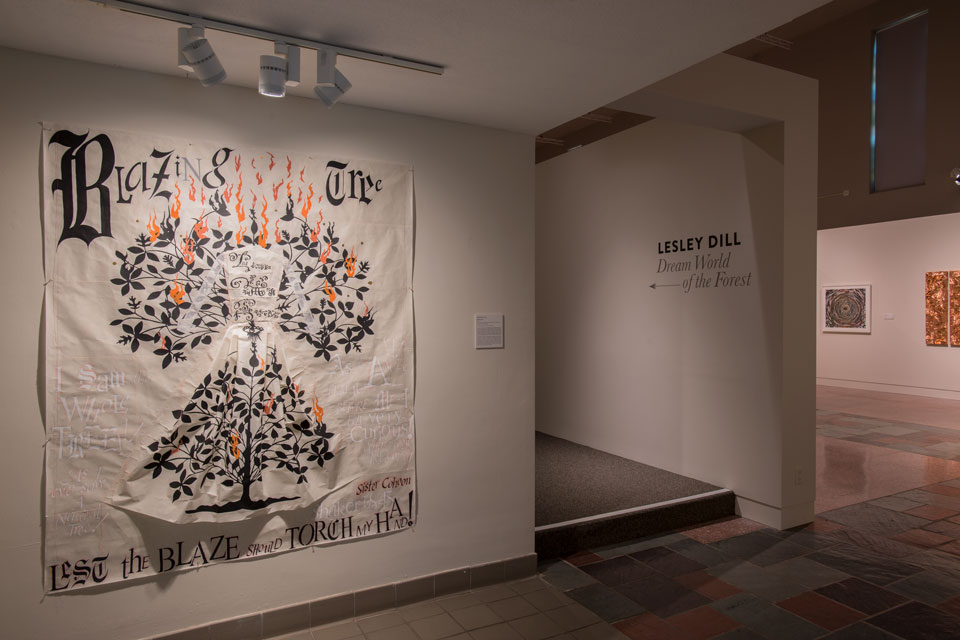
Lesley Dill: Dream World of the Forest |
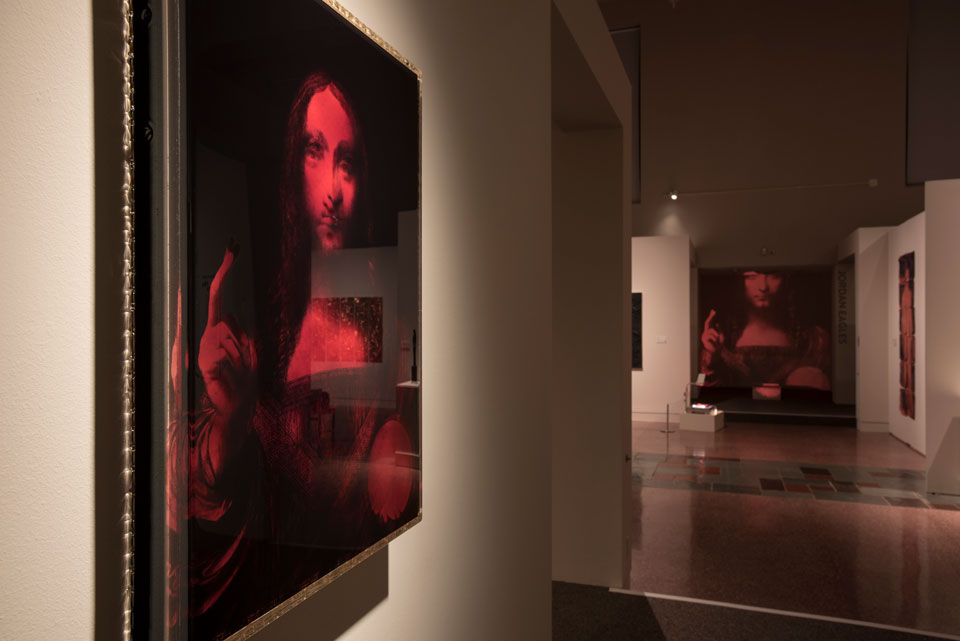
Jordan Eagles: VIRAL\VALUE |

This Road Is the Heart Opening: Selections from the MOCRA Collection |
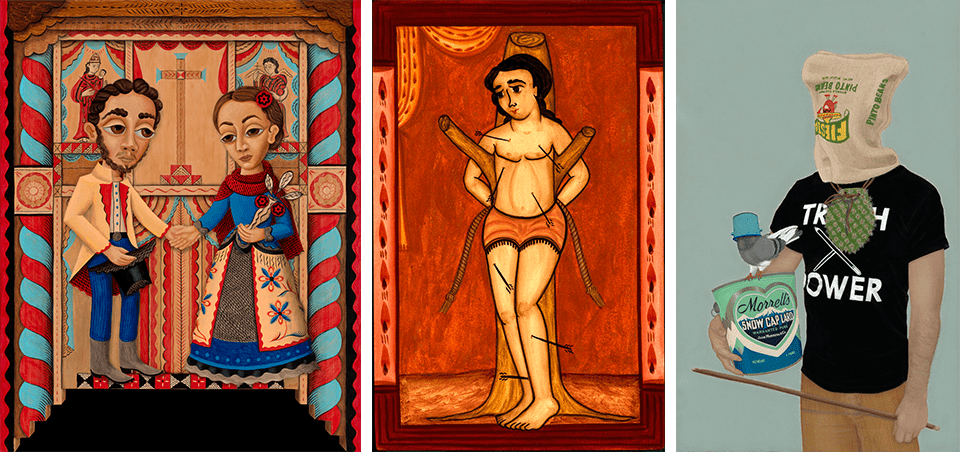
Vicente Telles and Brandon Maldonado: Cuentos Nuevomexicanos |
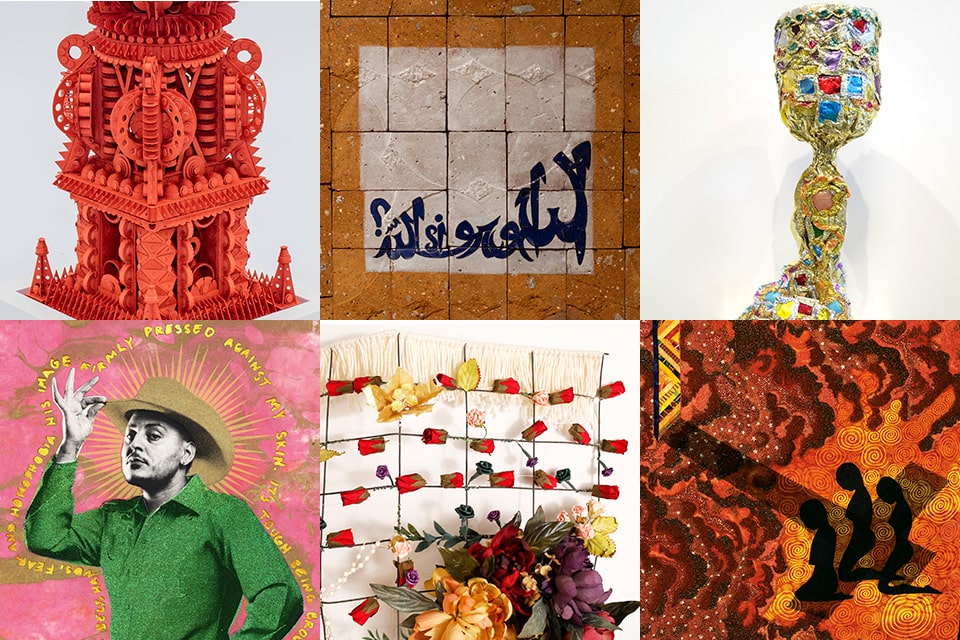
Open Hands: Crafting the Spiritual |
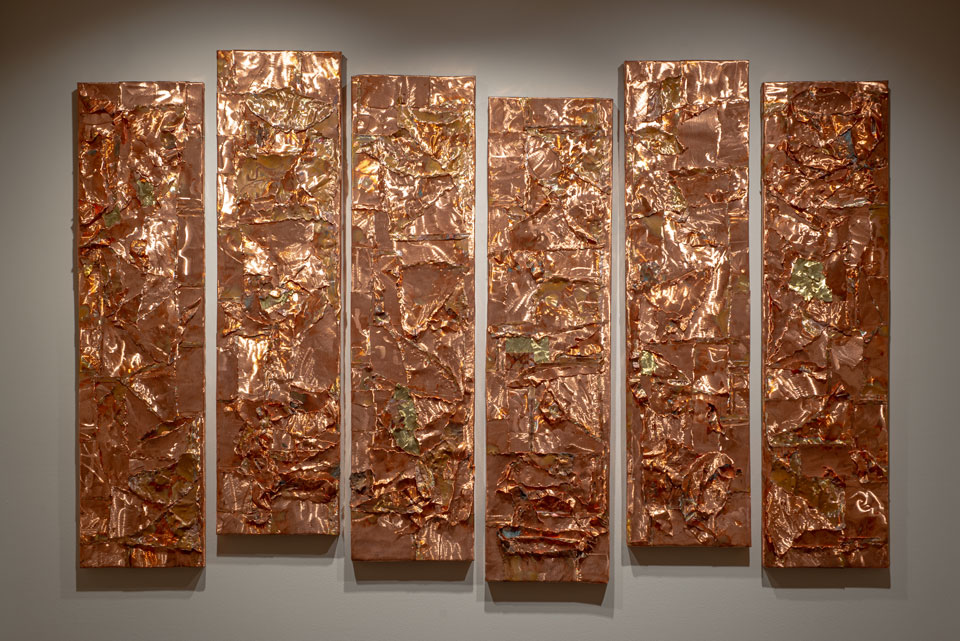
Selections from the MOCRA Collection |
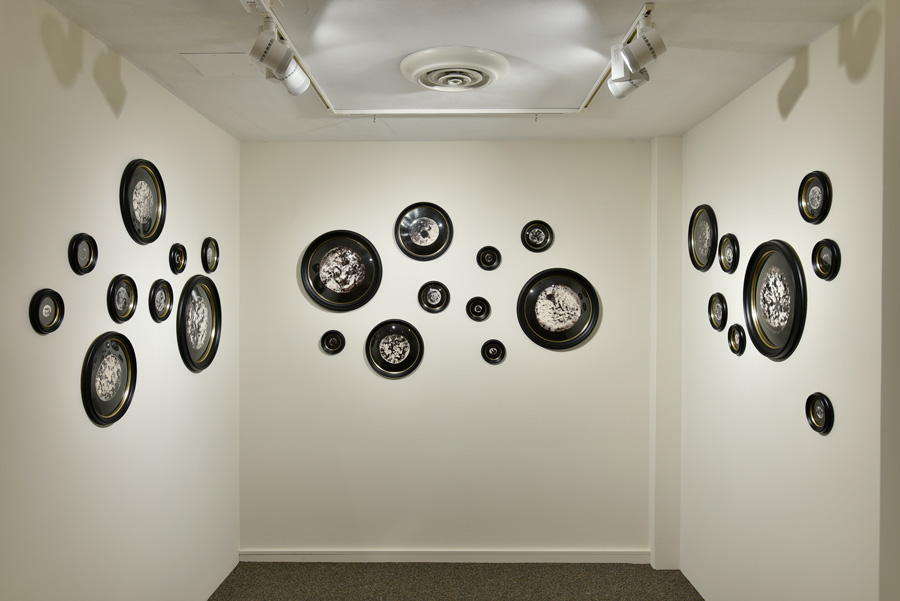
Continuum: Figuration and Abstraction in the MOCRA Collection |
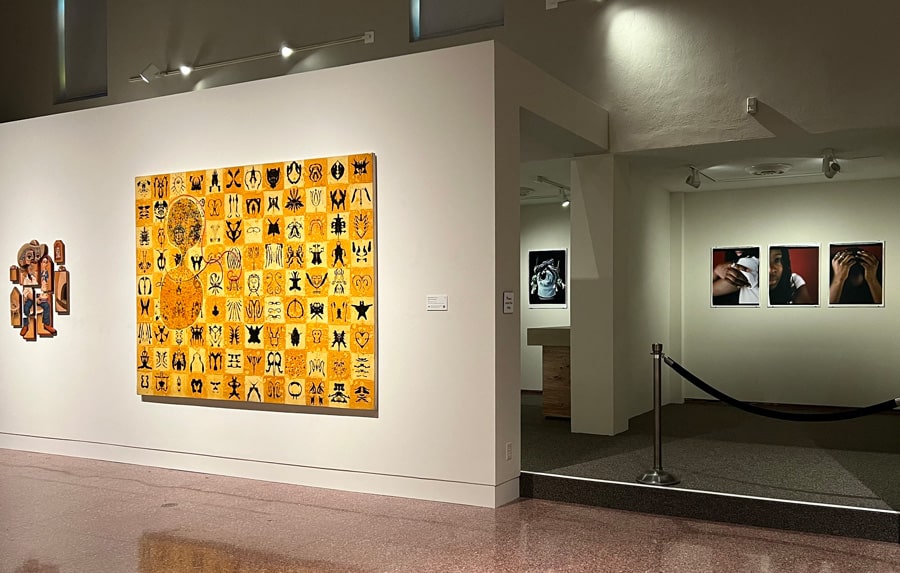
Continuum (Continued): Figuration and Abstraction in the MOCRA Collection |
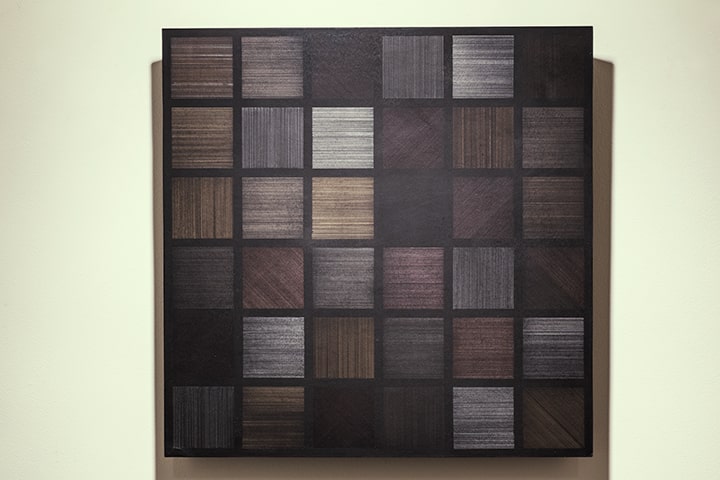
Selections from the MOCRA Collection |